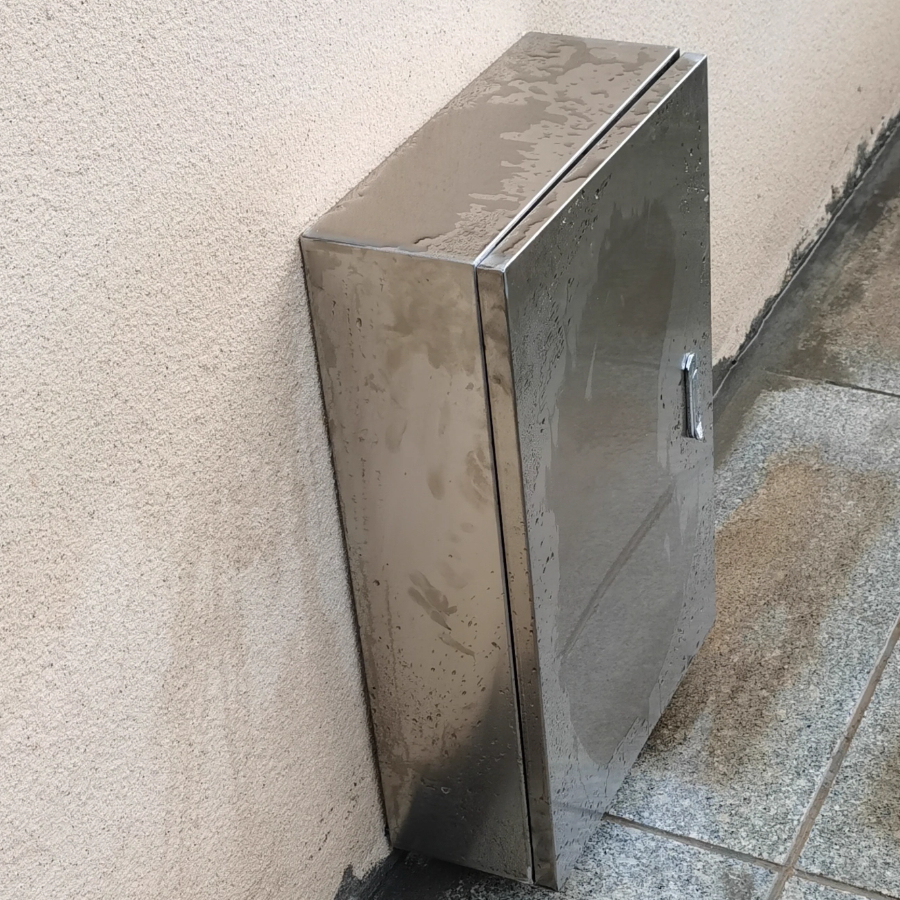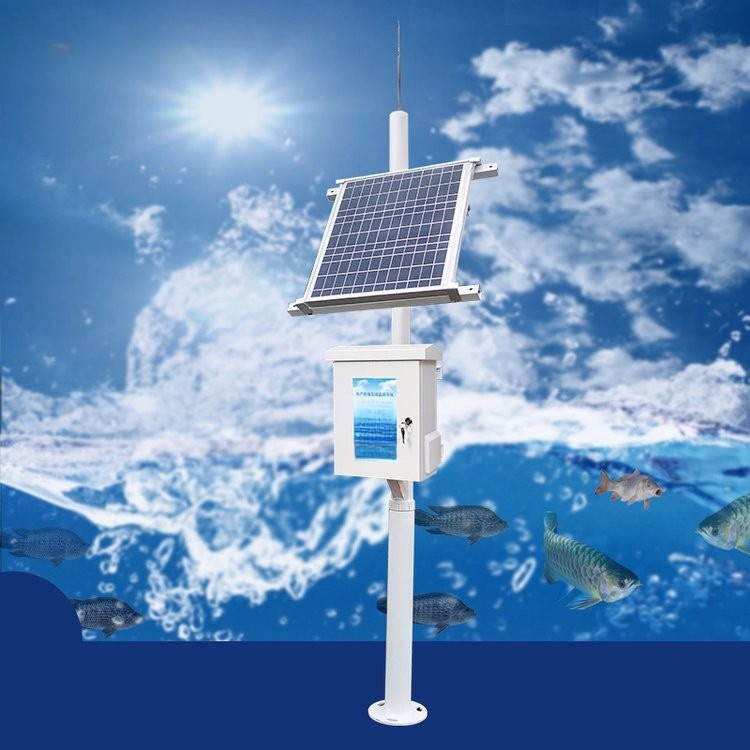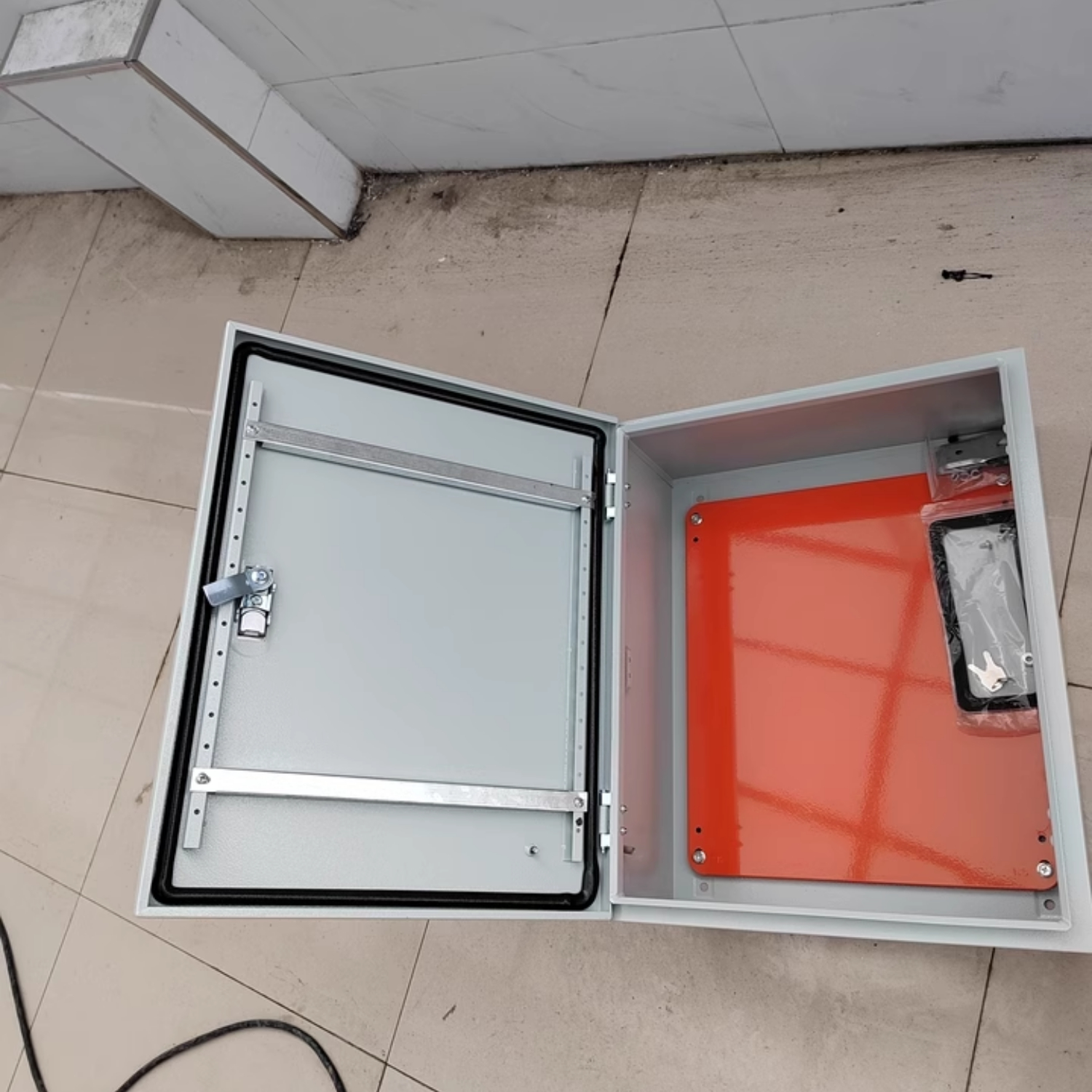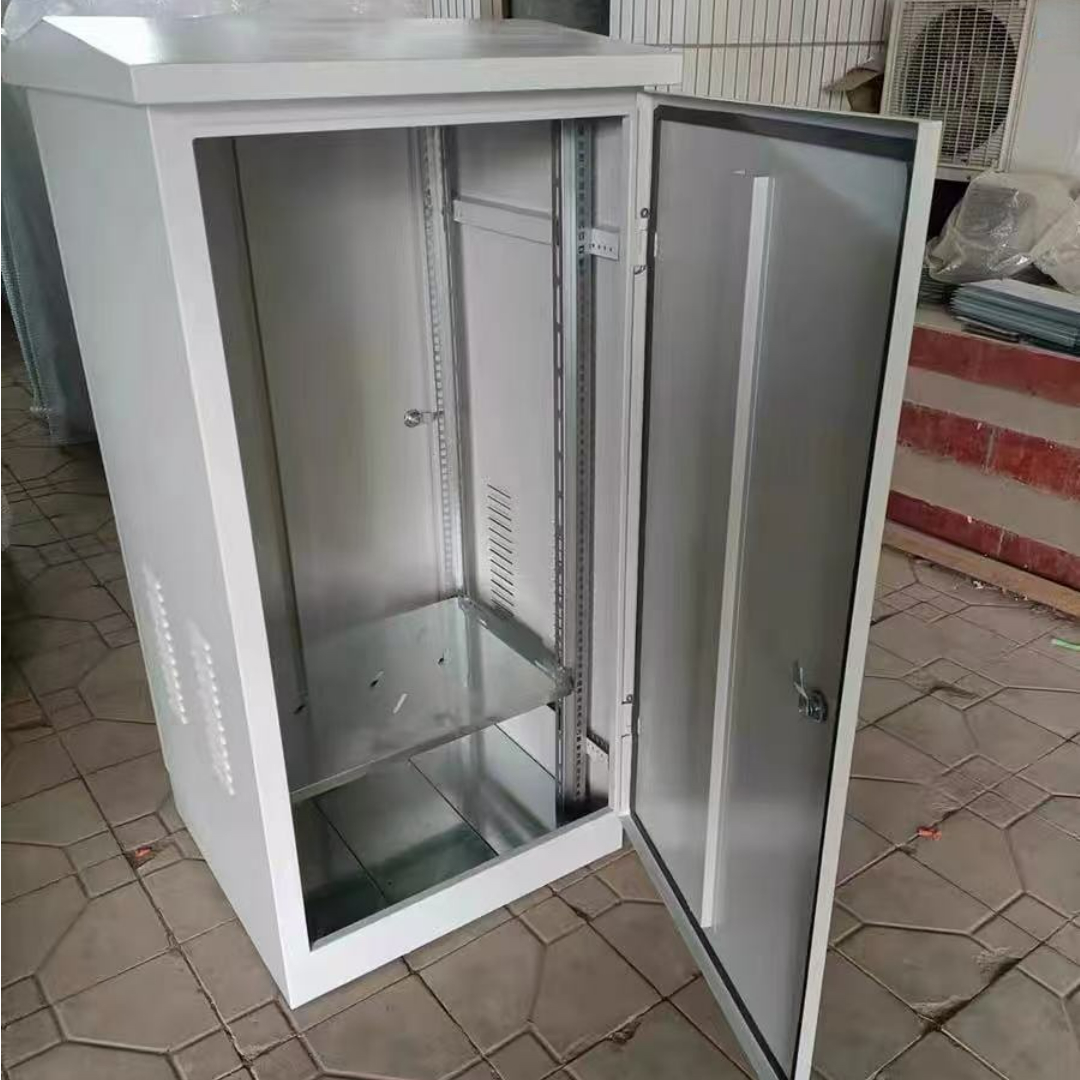Home / News / Industry news
Industry news
Jul 11,2025
By:Shinging
To safeguard delicate electronic devices from moisture, dew, or water, it is essential to have a water-resistant enclosure, a waterproof enclosure, or a robust outdoor enclosure. You may be curious about the distinctions and how these enclosures are classified. This guide will address those questions and offer a water resistance rating guide to assist you in selecting what’s ideal for your requirements.
What is an enclosure that is resistant to water?
A water-resistant enclosure is a safeguarding container that ensures the contents remain dry, even when the enclosure encounters moisture. It usually features a seal or coating that stops water from getting in, making it ideal for keeping delicate equipment, such as electronics. These enclosures are required to comply with NEMA and IP standards.
Keep in mind that a water-resistant enclosure can resist water intrusion, but it isn't entirely waterproof. The level of water resistance can vary based on elements like the material type, the design overall, and the circumstances in which it is utilized. The optimal method for choosing a water-resistant enclosure is based on its IP rating. The International Electrotechnical Commission (IEC) has established a classification system known as ingress protection (IP) ratings. These two-digit scores indicate the level of moisture resistance an enclosure possesses.
The initial number in the IP rating signifies how effectively the enclosure prevents the entry of solids such as dust and debris. This ranges from zero to six. The second digit measures how effectively the enclosure blocks water. This ranges from zero to nine. An IP rating of 65 indicates a top score of six against solid objects and a score of five concerning water. In terms of water resistance ratings, only the second digit matters. At Shinging, our water-resistant enclosures possess an IP rating ranging from IPx3 to IPx6. An IPx3 rating indicates that the junction box is shielded from sprayed water, while an IPx4 rating signifies that the enclosure is safeguarded against splashes from all directions. An IPx5 rating signifies resistance to low-pressure water jets from all directions, while an IPx6 rating signifies resistance to strong water jets from all angles.
What Is a Water-Resistant Case?
A waterproof enclosure is a protective cover or shell engineered to block water and humidity, even when submerged or in high-pressure situations. It may consist of steel, aluminum, plastic, rubber, or silicone. It can consist of gaskets, seals, and additional components to stop water from entering the enclosure.
A waterproof enclosure is frequently employed to shield electronic devices or other delicate equipment from harm caused by water exposure. Similar to water-resistant cases, the degree of waterproofing is shown by an IP rating, with higher figures indicating better protection. At Shinging, we provide waterproof enclosures created for outdoor, indoor, and underground use. Our waterproof enclosures typically feature an IP rating of IPx7 or IPx8. An IPx7 rating safeguards against the impacts of short-term water immersion, while an IPx8 rating defends against the impacts of prolonged water immersion. An IPx9 certification safeguards against high-pressure water jets, though enclosures with this rating are seldom utilized.
What is an Outdoor NEMA Housing?
A rating from the National Electrical Manufacturers Association (NEMA) pertains to protective enclosures intended for use with electrical machinery and equipment. NEMA enclosures are classified according to their protective capability against different environmental elements, such as dust, moisture, and impact. Our outdoor NEMA enclosures are tough, UV stable, and resistant to corrosion. They are intentionally created for use in outdoor settings where they can encounter rain, snow, and various severe weather elements. These enclosures typically provide greater protection against water and moisture compared to indoor NEMA enclosures. The NEMA rating system varies from NEMA 1 to NEMA 13. Several typical NEMA ratings for outdoor NEMA enclosures include:

NEMA 3: This designation signifies defense against rain and sleet, making it suitable for external applications in regions with moderate moisture exposure.
NEMA 4: This designation indicates defense against water splashes and drips, rendering it suitable for outdoor applications in locations with significant moisture exposure.
NEMA 4X: The "X" indicates protection from corrosive surroundings, implying it is suitable for outdoor applications in severe conditions with significant exposure to moisture and corrosive substances.
NEMA 6: This classification indicates resistance to brief immersion in water, making it ideal for outdoor applications in locations where the device could be submerged, like close to bodies of water such as rivers, lakes, or the ocean.
NEMA 7: This classification indicates safety against combustible gases, making it suitable for utilization in dangerous areas.
NEMA 9: This designation signifies defense against water spray from all directions, making it appropriate for outdoor applications in locations with significant exposure to water jets.
Outdoor NEMA enclosures are utilized in industries and companies that need to safeguard electrical equipment and machinery from harsh environmental conditions. Here are several examples of sectors and enterprises along with the kinds of equipment that might require outdoor NEMA enclosures:
Telecommunications: Routers, switches and network interface equipment
Services: Transformers and control units
Manufacturing: Equipment and control systems utilized in industrial settings, like processing facilities and production plants.
Construction: Generators, lighting setups, and control boards.
Military and defense: Communication systems for the battlefield, navigation devices, and radar technologies.
Recreational activities outdoors: Illumination setups, audio devices, and sound equipment utilized in parks and open-air concerts.
How Do Waterproof and Water-resistant Housings Operate?
Waterproof and water-resistant enclosures block water using a mix of design elements and materials. Here are several typical techniques employed to prevent water from entering an enclosure:
Gaskets and seals: These are usually composed of rubber, silicone, or other moisture-resistant substances. They establish a solid barrier between the enclosure and possible water entry locations, like where doors, hinges, or panels connect.
Waterproof construction: The enclosure can be constructed to be waterproof with sealed or molded joints, seams, and corners to stop water from penetrating.
Drainage features: Certain waterproof and water-resistant enclosures might include integrated drainage systems that enable water to escape from the enclosure, stopping it from accumulating within.
Material choice: Plastic, metal, rubber, silicone, and glass-reinforced polyester are the commonly utilized materials for waterproof and water-resistant housings.
What Types of Materials Are Utilized for Waterproof and Water-resistant Enclosures?
As previously stated, enclosures that are waterproof and water-resistant can be constructed from a range of materials, such as:
Plastics like polycarbonate, ABS, and polypropylene are frequently utilized for waterproof and water-resistant cases due to their strength, moisture resistance, and cost-effectiveness.
Metals like aluminum, stainless steel, and coated steel are utilized for waterproof and water-resistant enclosures because of their durability and corrosion resistance.
Rubber is frequently utilized as a sealing material or gasket in waterproof and water-resistant cases to enhance defense against moisture.
Silicone: Silicone is a long-lasting substance frequently utilized in waterproof and water-resistant enclosure because of its ability to withstand moisture and extreme temperatures.
Glass-filled polyester is a composite substance commonly utilized in waterproof and water-resistant housings because of its excellent strength and impact durability, along with its ability to resist moisture and UV light.
Selecting the material for a waterproof or water-resistant enclosure will rely on the specific needs of your business. This might encompass the degree of safeguarding required, the surroundings in which the enclosure will be utilized, and your budget limitations.
What Advantages Come from Using a Waterproof or Water-resistant Enclosure?
The advantages of possessing a waterproof or water-resistant enclosure encompass the following:
Equipment protection: Waterproof and water-resistant enclosures safeguard delicate equipment and electronics from harm by preventing water and moisture ingress, ensuring their functionality and reliability.
Enhanced durability: These enclosures are usually crafted from robust materials and are built to endure exposure to moisture and challenging environmental conditions, rendering them more resistant to damage and degradation.
Enhanced safety: Waterproof and water-resistant enclosures help guard against electrical risks by shielding electrical components from water damage, which can result in short circuits and various safety threats.
Improved capabilities: By enabling equipment to operate in outdoor or damp conditions, waterproof and water-resistant enclosures can improve the capabilities of equipment and prolong its lifespan.
Adherence to safety regulations: Numerous sectors have particular guidelines and safety criteria that necessitate the use of waterproof or water-resistant cases for devices exposed to dampness. Companies can guarantee compliance with these standards and regulations by utilizing enclosures.
Does Shinging Personalize Enclosures?
If your sector has particular requirements and you require a waterproof or outdoor enclosure to protect sensitive equipment in harsh conditions, Shinging can offer tailored enclosures. We can assist you in choosing the dimensions you prefer, the designs, and the engineering specifics. We offer precision machining with tolerances of +/- .005 inches.
Obtaining the Suitable Enclosure for Your Business Requirements
Selecting the appropriate enclosure for delicate equipment can help you and your business save significant amounts of money. Incidents occur, but you don’t wish for these incidents to result in thousands of dollars in equipment damage. Choosing an enclosure with a NEMA rating or a high IP rating ensures that your equipment remains adequately protected.

The global shift towards renewable energy has made solar energy the cornerstone of sustainable infrastructure. For commercial professionals supervisin...
Dec 18,2025 / Industry news
In industrial infrastructure, selecting enclosure materials for Power distribution cabinet Enclosure is a crucial choice influencing durability, cost ...
Dec 16,2025 / Industry news
In industrial and commercial environments, electrical junction box enclosures are important protective tools for electrical systems. These enclosures ...
Nov 25,2025 / Industry newsOnline

Provider of Complete Metal Manufacturing Solutions
+86 18939857433
1188 Jiu Ye Road, Shanghai, China
11561 N Lamar Blvd,Austin,Texas,United States of America,78753
Gyeongin-ro 56-gil 8, ,3F jjbeauty,Guro-gu,Seoul,Guro-gu,Seoul,Republic of Korea
Top
Copyright © 2025 Shinging Technology Co., Ltd.,
Power By Bontop